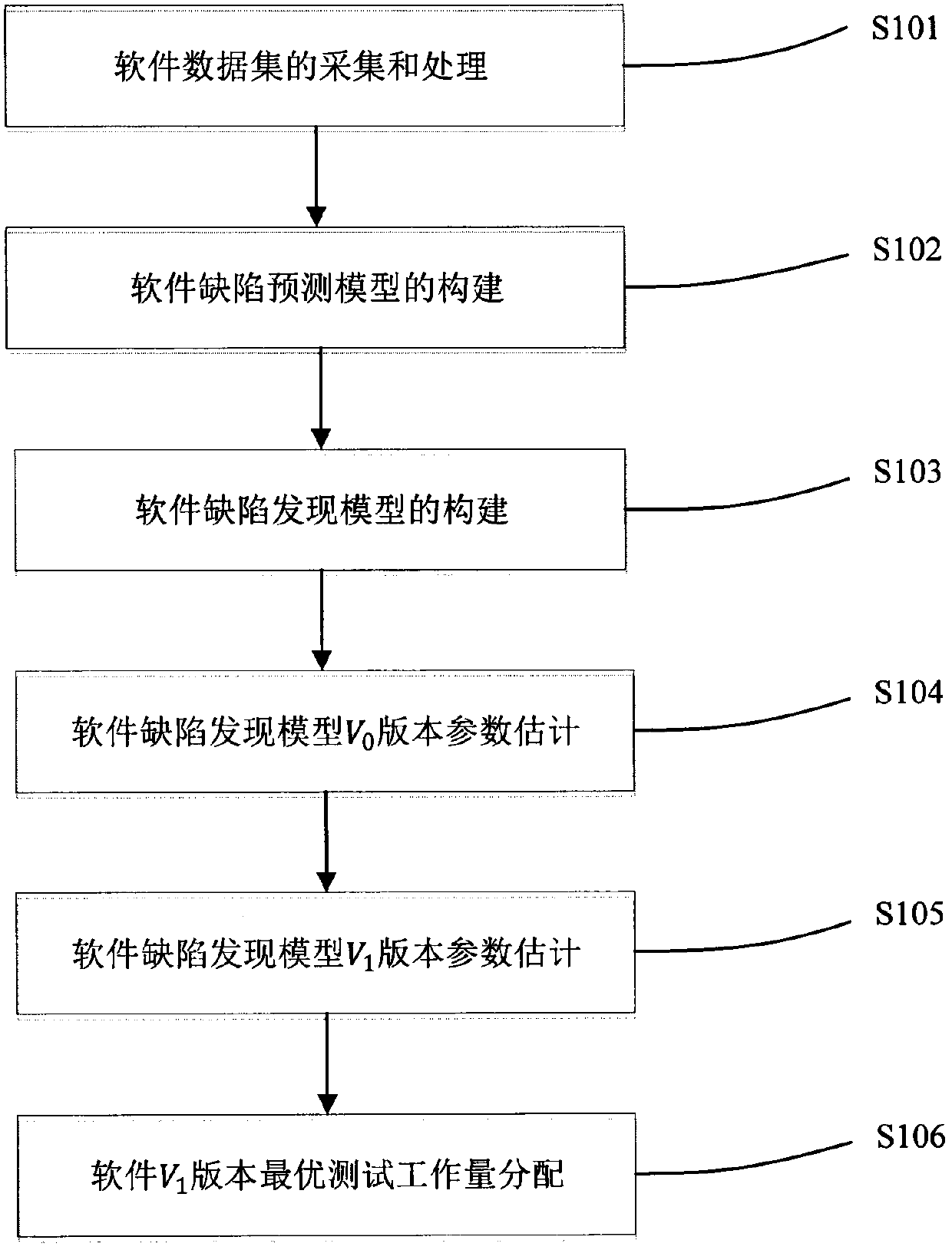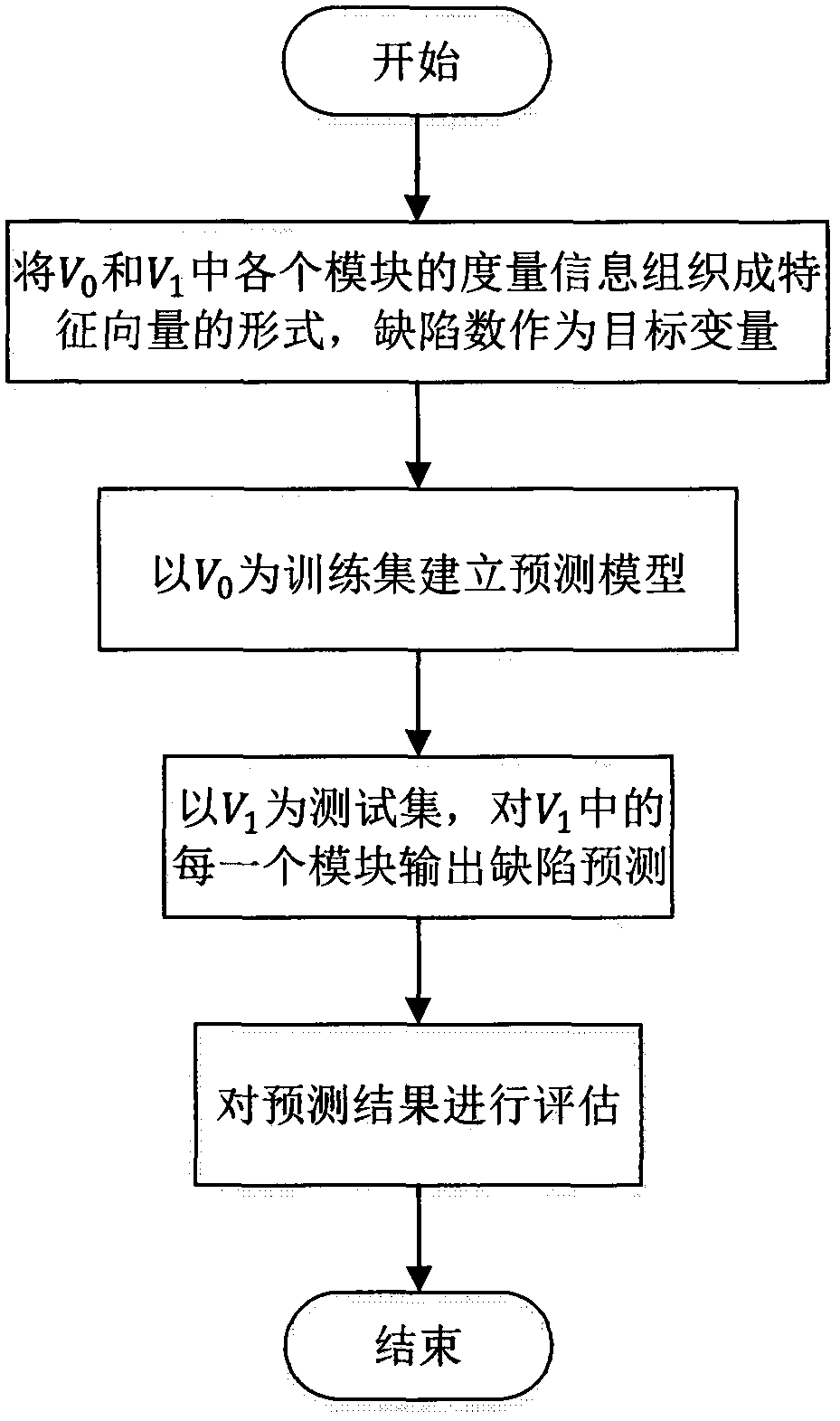Software reliability growth model-based test workload allocation method
A technology of growth model and allocation method, applied in software testing/debugging, error detection/correction, instrumentation, etc.
- Summary
- Abstract
- Description
- Claims
- Application Information
AI Technical Summary
Problems solved by technology
Method used
Image
Examples
Embodiment Construction
[0089] In order to better understand the technical content of the present invention, specific embodiments are given together with the attached drawings for description as follows.
[0090] figure 1 It is a flowchart of a test workload allocation method based on a software reliability growth model in an embodiment of the present invention.
[0091] A test workload distribution method based on the software reliability growth model includes the following steps:
[0092] S101 Acquisition and processing of software data sets, in order to be able to analyze the current system V 1For test workload distribution, we need to 0 Information collection, including defect information collection, test case processing statistics and measurement collection; also need to V 1 Collecting information, including metric collection, setting of available test workload, etc.;
[0093] The construction of S102 software defect prediction model, after step 1), V 0 and V 1 The measurement information ...
PUM
 Login to View More
Login to View More Abstract
Description
Claims
Application Information
 Login to View More
Login to View More - R&D Engineer
- R&D Manager
- IP Professional
- Industry Leading Data Capabilities
- Powerful AI technology
- Patent DNA Extraction
Browse by: Latest US Patents, China's latest patents, Technical Efficacy Thesaurus, Application Domain, Technology Topic, Popular Technical Reports.
© 2024 PatSnap. All rights reserved.Legal|Privacy policy|Modern Slavery Act Transparency Statement|Sitemap|About US| Contact US: help@patsnap.com










